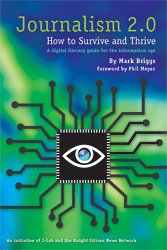On Thursday, students from George Mason University, Denver University and Pace University had the privilege of interviewing Anne Kornblut of the Washington Post.

Anne Kornblut
An oppurtunity to speak with Anne is offered through C-SPAN’s distance learning course, and is run by Steve Scully, the political editor for the C-SPAN networks. The course airs on C-SPAN3 on Fridays at 5 p.m. and also streams online @ (http://www.c-span.org/Distance Learning/).
Kornblut had a first hand look at 2008 campaign, where she covered Hilary Clinton for 2 1/2 years, then covered Obama for a bit, and then when Sarah Palin came along she turned her focus back to the female figure in the campaing.
From this, Kornblut was able to compile her notes into a book “Notes from the Cracked Cieling”, which focused on the gender issues that surrounded the 2008 campaign.
Much of the discussion with students surrounded around the idea that America wakes up on November 5th, 2020 and the front page of the New York Times reads “A woman has climbed the mountain to presidency”.
When Kornblut was asked whether or not a woman would win the presidency seat by 2020, her response of “It’s not whether or not a woman will win, where it gets tricky is who? Who will it be?”
To add to her point, she centered on the year 2020 and wondered exactly who would be ready to run in 10 years. Hilary Clinton and Sarah Palin may be out of time by then, and Kornblut herself admits, “At the moment, there is no inevitable person to run in 2020.”
When students through out different names such as Condoleezza Rice or Nancy Piolosi, but questioned whether they’ll be considered out of their prime by 2020.


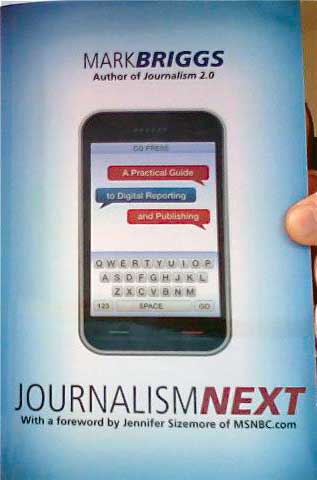

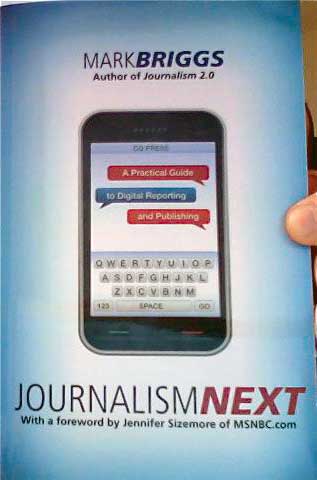
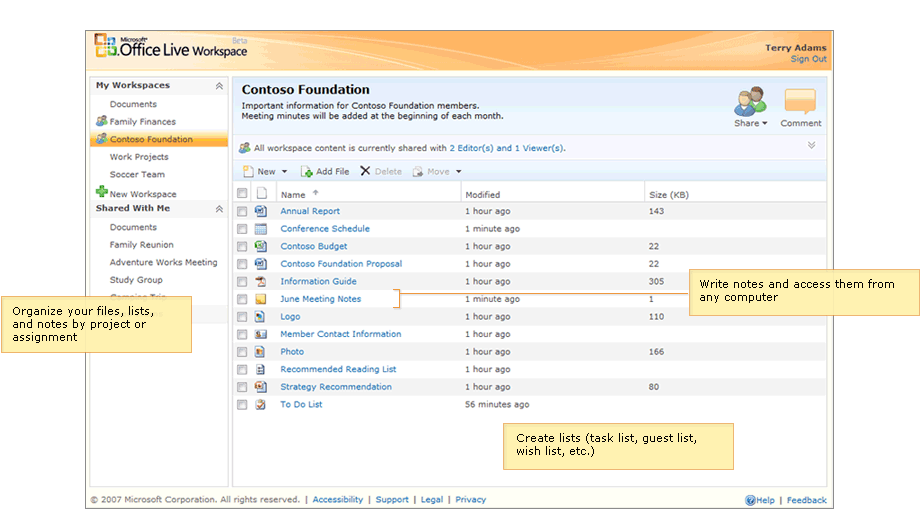
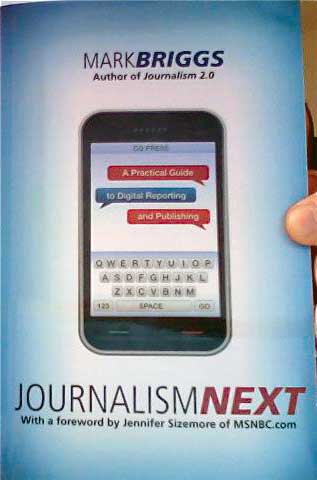
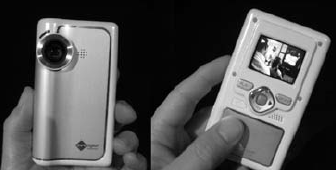
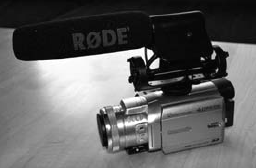

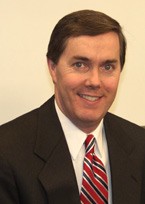

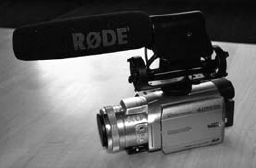
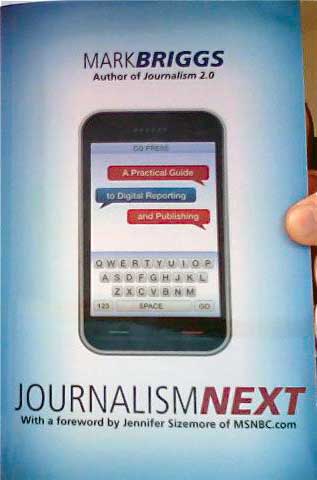
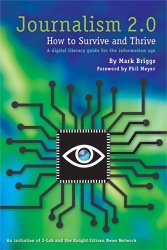
 www.hitandrunproductions.com
www.hitandrunproductions.com www.hitandrunproductions.com
www.hitandrunproductions.com
